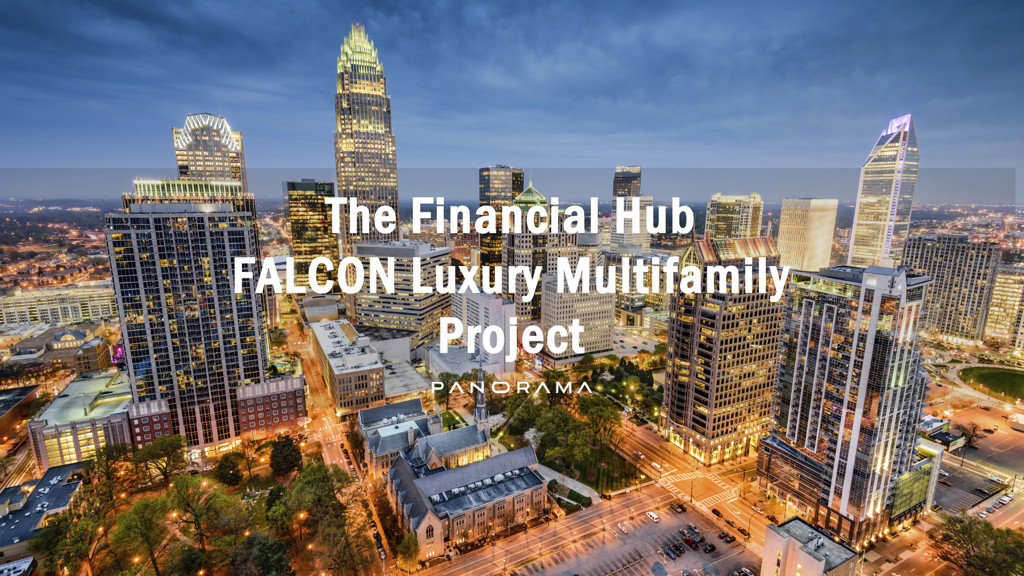EB-5 Direct Investment: High-Risk, High-Reward Path to a U.S. Green Card
The EB-5 Reform and Integrity Act of 2022 reshaped the US investor visa landscape. While Regional Center projects remain the dominant...
Since the implementation of the EB-5 Reform and Integrity Act of 2022 (RIA), the EB-5 programme has entered a new era of oversight and opportunity. While most investors continue to pursue immigration through Regional Center (RC) projects, some are now considering the lesser-travelled path of direct investment—a strategy that offers more control but also comes with significantly more risk.
This article breaks down the essential differences, legal frameworks, and who might be best suited to take this challenging yet potentially rewarding route.
⚖️ Legal Framework for EB-5 Direct Investment
At its core, direct EB-5 investment means the investor does not rely on a Regional Center. Instead, they launch or co-own a business in the U.S., using this enterprise to qualify for immigration.
Key Requirements:
Investment Amount:
$1.05 million for standard areas
$800,000 for TEAs (Targeted Employment Areas — rural or high-unemployment zones)
Job Creation:
At least 10 full-time jobs (35+ hours/week) must be created directly by the business
Unlike Regional Center projects, indirect or induced jobs do not count
Risk Capital:
The investment must remain “at risk”—no guaranteed returns or capital protection allowed
🚫 Restrictions on Direct Investment Structure
Unlike Regional Center projects, where multiple investors pool funds, direct EB-5 projects cannot accept more than one EB-5 investor per enterprise.
✅ You can co-invest with U.S. citizens, green card holders, or institutions
❌ You cannot co-invest with other EB-5 investors in the same direct project
Example:
A rural business accepting $800,000 from one EB-5 investor and $5 million from U.S.-based partners is compliant. However, two EB-5 investors each investing $800,000 into the same direct project without RC sponsorship will likely result in denial by USCIS.
⚠️ Key Risks of EB-5 Direct Investment
Despite offering control over capital, direct investment introduces several unique challenges that are often underestimated:
1. Job Creation Pressure
Only actual, direct hires count (no economic models allowed)
Business performance directly impacts your immigration outcome
2. Active Management Required
Investors must hold a managerial role or exercise significant control
Passive investment is not allowed—meaning you're responsible for success or failure
3. Uncertain Exit Strategy
Funds are locked until the permanent green card is approved
Exiting the business prematurely could jeopardise your immigration status
4. Investment Amount May Increase
$800K or $1.05M is only the minimum—if your business struggles, you may need to inject more capital to maintain 10 full-time jobs
5. Location and Sector Risks
TEAs offer lower investment thresholds but are often in economically weaker areas
Popular sectors like restaurants or retail may carry higher failure rates
🧠 What Should Direct Investors Carefully Evaluate?
1. Business Plan Review
Ensure the business plan clearly outlines:
Job creation timeline
Use of funds
USCIS-compliant documentation
2. Investor Composition
Confirm whether other investors are EB-5 applicants—if so, and the project is direct, this could trigger a “pooled investment” rejection.
3. Risk Tolerance
This route suits those willing to face:
Operational risk
Market fluctuations
Potential loss of investment and green card eligibility
4. Professional Consultation
Before investing:
Speak to a licensed immigration attorney
Get input from accountants and industry experts
Request independent project audits if possible
🎯 Who Is Best Suited for EB-5 Direct Investment?
This path is not for everyone—but under the right conditions, it can be powerful.
✅ Ideal Candidates:
1. Entrepreneurial and Resilient Investors
Those who are confident in launching or operating a business—even with the risk of failure—may thrive under the direct model.
2. High Net-Worth Individuals
Applicants with sufficient capital reserves to fund the business long-term, even through downturns or immigration delays.
3. Experienced Operators with U.S. Presence
Investors with business acumen in relevant industries and the ability to legally reside in the U.S. during the venture’s operation.
✋ Note: Some families consider using a student child's presence in the U.S. to run a direct investment. In most cases, this is not advisable due to age, inexperience, and legal limitations.
🧾 Conclusion: Direct Investment Offers Freedom—With a Price
EB-5 direct investment provides flexibility and control, and for a select group of investors, it can be a meaningful path to both U.S. residency and entrepreneurship. However, the risks are significant—from job creation challenges to capital exposure and immigration rejection.
This strategy is best pursued only under expert guidance and by investors ready to take on business management, regulatory compliance, and a long-term immigration journey.
For the right individual, it’s a tailored, high-effort route to the American dream. For others, more conventional EB-5 options may offer a safer path.








相关文章
EB-5 Staggered Investment Pitfalls: Compliance Risks and Grey-Area Practices After Reform
The EB-5 Reform and Integrity Act tightened oversight and removed many questionable operators from the market, yet new compliance risks ...
Unmasking the EB-5 “Combo Card” Scam: The Hidden Risks Behind False Installment Investment Schemes
The EB-5 investment immigration programme’s concurrent filing policy allows applicants to submit I-526 and I-485 together, gaining a...
The “Repayment Guarantee” Trap: Legal Risks in EB-5 Investment Promises
In EB-5 investment immigration, promises of “repayment guarantees” or “free property” may seem reassuring but directly violate the...
EB-5’s Two-Year Investment Sustainment Rule Faces Legal Challenge — What Comes Next?
Since October 2023, USCIS has required EB-5 investments to remain “at risk” for at least two years, starting from the date the funds are...